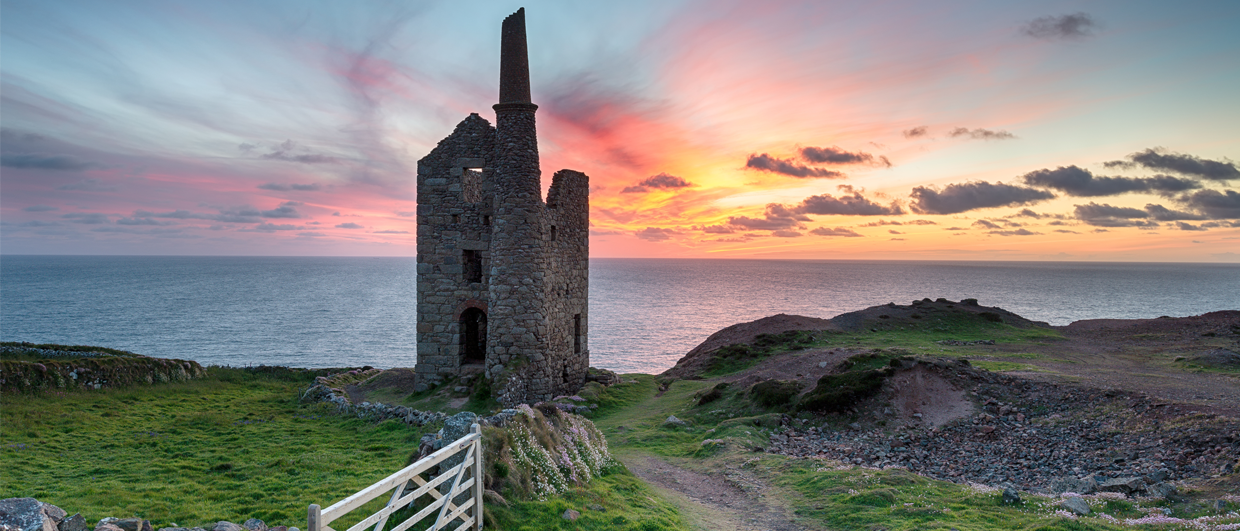Q: How do you know if someone is from the Isle of Man?
A: Because they insist on telling you every five minutes!
Every geologist has a story as to why they are a geologist. I grew up in the Isle of Man, a small island that is neither England, Ireland, nor Scotland, and my story, though centred on an inspiring teacher, as so many life-changing stories are, is rooted deep in the Isle of Man.
In the first year of secondary school, our geography teacher, Mr Booth, took us out of the classroom (already exciting), across the playing fields, over a stone wall, down a rough gravel track to the low, flat, stepped cliffs and said: “What do you see?”
“What we saw,” he explained to us, was that the cliffs were low and flat and stepped because they were bedded Carboniferous clean limestone with interbedded carbonate mud. In the midground between the cliffs and the crashing waves was a long, broad whale-back, explained as an anticline, and in the distance, rising out of the foam, was a raggedy, craggedy, nasty berg, explained as a basaltic volcanic plug. Criss-crossing everything were anthracite-grey rail tracks, explained as Tertiary dolerite dykes, swarming all the way from southwest Scotland.
That was me. Hooked.
Our home was 20 metres from the sea: We played on the beach, threw stones at each other, and laced herring heads with bicarb for the seagulls to vomit up. We sailed patched-up plywood dinghies when there was a breeze and dodged breakers when it was blowy-as.
The uppermost beach was cobbles, which graded down through pebbles, sand, and silt. Spring low tides exposed patches of fine clay, which we slathered ourselves. Storms threw pebbles and sand and salt into the gardens. My father struggled to grow anything in the coarse, free-draining sand other than potatoes and kale. I grew up in a paralic depositional system.
The broad bay had Carboniferous limestones at each end and Ordovician “slates” in the centre. The cobbles and pebbles on the beach reflected that. The local buildings also, with coarse stone-work using the abundant slates whilst quoins and details used the more easily worked limestone. The local farm had a huge gateway made of slate with an engraved limestone plaque at the apex. It read, “Judge Not Your Fellow Man’s Condition Until You Be in His Position.” Wise and thoughtful words.
My father, who is more pragmatic, would tell us: “Do not judge anyone until you have walked a mile in their shoes… then you can judge… because then you’re a mile away… and you have their shoes.”





